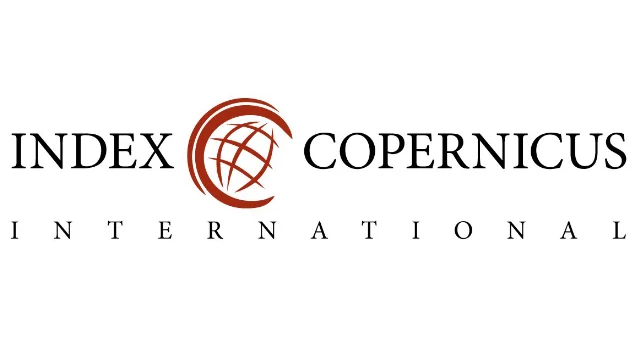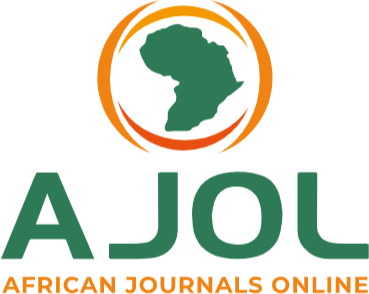Faith, Technology, and Safety: A Theoretical Framework for Religious Leaders Using Artificial Intelligence to Advocate for Gun Violence Prevention
Keywords:
AI-driven advocacy, Faith-Based Advocacy, Gun Violence Prevention, Supervised Learning, Unsupervised Learning, Reinforcement LearningAbstract
Gun violence remains a pressing moral and public health crisis, necessitating innovative approaches to advocacy within faith communities. This conceptual paper explores the potential of artificial intelligence (AI) to enhance the advocacy efforts of religious leaders in combating gun violence. Drawing on social capital theory and techno-ethical frameworks, it examines how AI-driven tools—such as supervised learning for data-driven messaging, unsupervised learning for community trend analysis, reinforcement learning for adaptive advocacy strategies, and hybrid models for comprehensive engagement—can amplify the moral and social influence of religious communities. The study addresses ethical challenges, including privacy concerns, algorithmic bias, and the risk of dehumanizing advocacy efforts, proposing guidelines for responsible AI use. Emerging trends, such as federated learning and explainable AI (XAI), are explored as future directions for faith-based advocacy. Regulatory frameworks, including data protection laws and ethical AI standards, are considered for their role in ensuring equitable and transparent technology adoption. This article provides a theoretical foundation for researchers, religious leaders, and policymakers to advance AI-driven advocacy, offering recommendations to align technology with faith-based values in the pursuit of safer communities.
Downloads
Published
Issue
Section
Similar Articles
- Nsikan Ime Obot, Okwisilieze Uwadoka, Oluwasegun Israel Ayayi, Modelling Nonseasonal Daily Clearness Index for Solar Energy Estimation in Ilorin, Nigeria Using Support Vector Regression , Communication In Physical Sciences: Vol. 11 No. 2 (2024): VOLUME 11 ISSUE 2
- B. Myek, M. L. Batari, J. O. Orijajogun, M. A. Aboki, Synthesis and Characterization of Metal Complex of an Azo Dye Based on Acid Orange 7 , Communication In Physical Sciences: Vol. 5 No. 3 (2020): VOLUME 5 ISSUE 3
- Joseph Jacob, Shinggu D. Yamta, Influence of Moisture Absorption on some Mechanical Properties of Groundnut Shell Powder Reinforced Waste LDPE Composites , Communication In Physical Sciences: Vol. 7 No. 4 (2021): VOLUME 7 ISSUE 4
- Faith Osaretin Osabuohien, Green Analytical Methods for Monitoring APIs and Metabolites in Nigerian Wastewater: A Pilot Environmental Risk Study , Communication In Physical Sciences: Vol. 4 No. 2 (2019): VOLUME 4 ISSUE 2
- Simbiat Atinuke Lawal, Samuel Omefe, Adeseun Kafayat Balogun, Comfort Michael, Sakiru Folarin Bello, Itunu Taiwo Owen, Kevin Nnaemeka Ifiora, Circular Supply Chains in the Al Era with Renewable Energy Integration and Smart Transport Networks , Communication In Physical Sciences: Vol. 7 No. 4 (2021): VOLUME 7 ISSUE 4
- M. Runde, Validation of Perception of Some Nigerians on the Origin and Use of Phyto-remedies in Management of Covid 19; An Overview of Social Media Respondents , Communication In Physical Sciences: Vol. 6 No. 1 (2020): VOLUME 6 ISSUE 1
- Jeremiah Makarau Iliya, Mark Madumelu, Aisha Yusuf Lawal, Study on Opportunities and Challenges of Online Chemistry Education: A Case Study of Federal University Of Education (FUE) Zaria, Kaduna State , Communication In Physical Sciences: Vol. 12 No. 5 (2025): Vol 12 ISSUE 5
- Godwin James Udo, Emaime Jimmy Uwanta, Joachim Johnson Awaka-Ama, Emmanuel Etim Ubuo, Emmanuel James Ukpong, Raphael Igwe, Aniedi Etim Nyong, Nsikan Jackson Etukudo, Stephen David Okon, Bio/fossil fuels refining Appraisal of the Elemental distributions, SiO4 /AlO4 and Si/Al Ratios of Itu Virgin Kaolin , Communication In Physical Sciences: Vol. 10 No. 3 (2023): VOLUME 10 ISSUE 3 (2023-2024)
- Matthew Tsepav, Prof. Musa Amanabo , Abduljelli Uthman , Improving Free Radical Scavengers in Vernonia amygdalina (Bitter leaf) through Soil Amendment with Organic Fertilizer , Communication In Physical Sciences: Vol. 12 No. 7 (2025): Volume 12 issue 7
- Emmanuel Michael Umoh, Edidiong Sunday Sam, The Recycling of Sawdust Waste into Particleboard Using Starch-Based Modified Adhesive , Communication In Physical Sciences: Vol. 6 No. 1 (2020): VOLUME 6 ISSUE 1
You may also start an advanced similarity search for this article.




